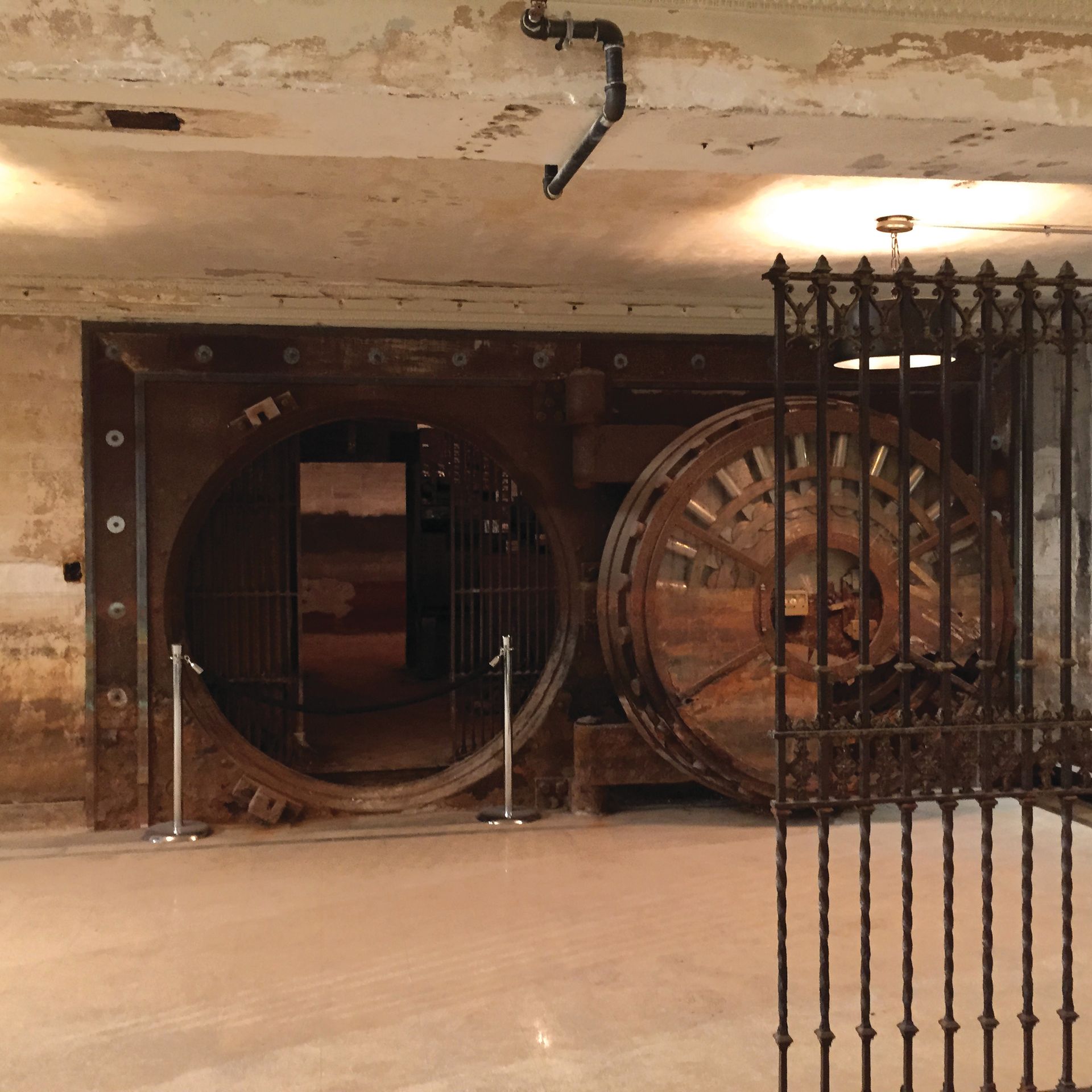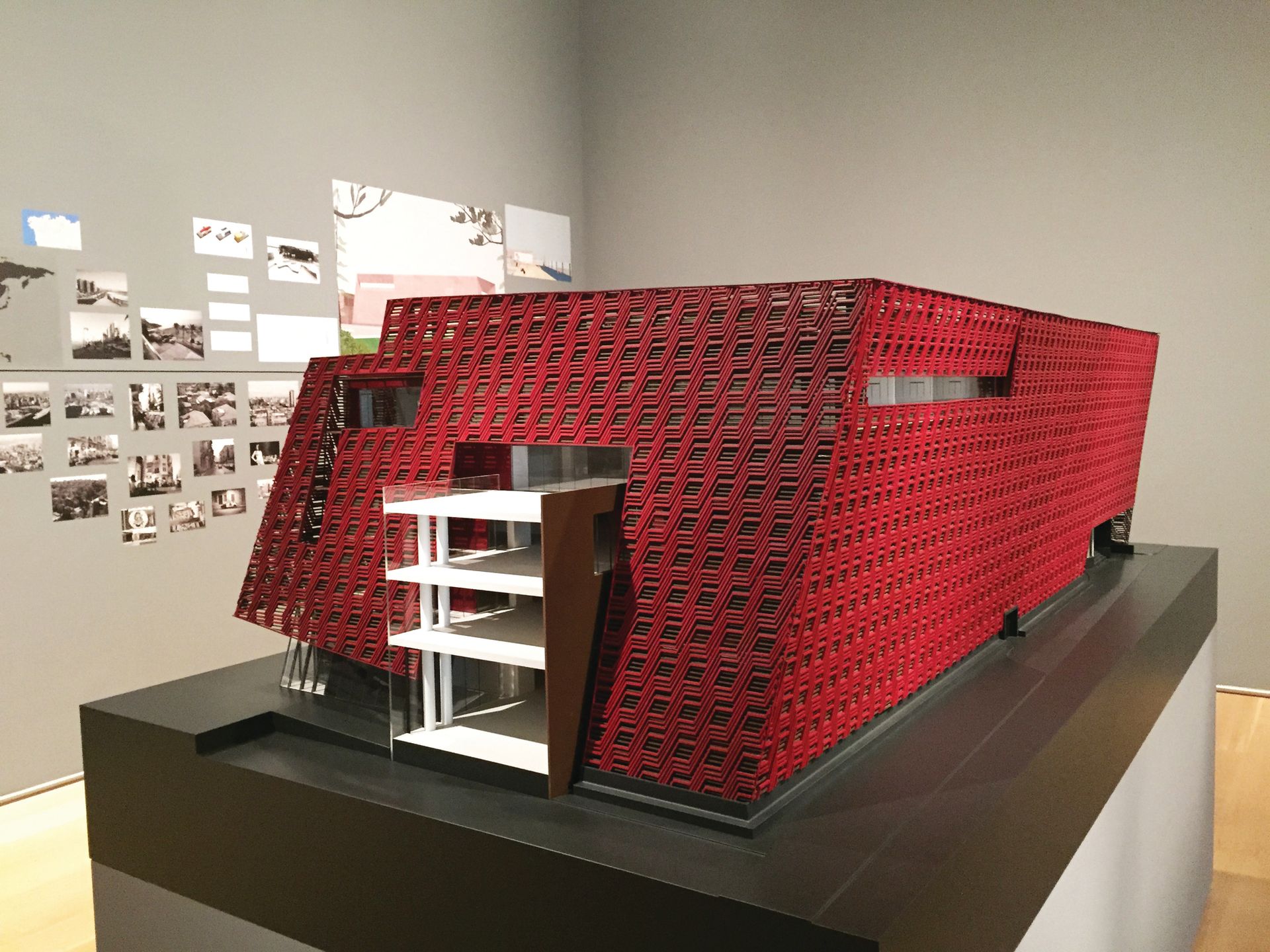The Midwest metropolis has a rich history of architecture, and the Chicago Architecture Biennial, which opened in October, makes the most of it. The city’s cultural institutions have all shown their support for the inaugural edition—chiefly sponsored by the energy giant BP, which Mayor Rahm Emanuel personally courted to pitch in $2.5m—with exhibitions tied to architecture and design across town. Here are the highlights not to miss if you travel to the Windy City during The State of the Art of Architecture.

Stony Island Arts Bank
The Chicago-based artist Theaster Gates has renovated a former bank in the city’s South Side that lay abandoned for years, turning it into a community space that hosts exhibitions, performances, music and a research archive. The Stony Island Arts Bank opened to the public during the biennial with a block party and two architectural installations: one by the Portuguese artist Carlos Bunga inside the main gallery, and another in the courtyard by the Mexican architect Frida Escobedo.

Sustainable building
A focus of the biennial is affordable and sustainable architecture. In the main biennial venue, the Beaux Arts-style Chicago Cultural Center, visitors can enter full-scale architectural models built with readily-available materials, such as the airy but cosy plywood home by the Mexican architect Tatiana Bilbao, or the steel-framed hut by the Vietnamese architect Vo Trong Nghia that can be assembled without power tools. But sustainable does not always mean low-tech, as can be seen here in Rock Print, a towering structure built entirely by a robot using stones and string. The piece was designed by the Swiss firm Gramazio Kohler Research and the Massachusetts Institute of Technology’s Self Assembly Lab.

Performances
The biennial delivered on its promises to bend the definition of architecture with a series of imaginative performances during the opening preview. The best was Theatre, by the Mexican artist Santiago Borja, held at the Mies van der Rohe-designed Robert F. Carr Memorial Chapel of St Savior at the Illinois Institute of Technology’s campus. It was based on the expressive movement Eurythmy, and perfectly melded performance, architecture and art history. Many of the performances only took place in the first days of the biennial, but there are other events planned. Among these is the dance piece Tesseracts of Time, a collaboration between the choreographer Jessica Lang and the architect Steven Holl, which is due to be performed on 6 November in the Harris Theatre underneath the Jay Pritzker Pavilion in Millennium Park.

David Adjaye retrospective
The Art Institute of Chicago has organised a retrospective of the in-demand Tanzanian-born, London-based architect David Adjaye (Making Place: the Architecture of David Adjaye, until 3 January 2016) that serves as a more focused counterpoint to the inclusive, experimental and emerging work on view in the main biennial. As well as including models and sample materials used on some of his buildings, such as the Chris Ofili-designed glass windows at the Stephen Lawrence Centre in South London, the show puts Adjaye’s 20-year career into context, with detailed timelines and videos related to his key projects. These include the forthcoming Smithsonian National Museum of African American History and Culture in Washington, DC, which the show’s curator Zöe Ryan, calls the lynchpin of the show.
• Chicago Architecture Biennial: the State of the Art of Architecture, until 3 January 2016

